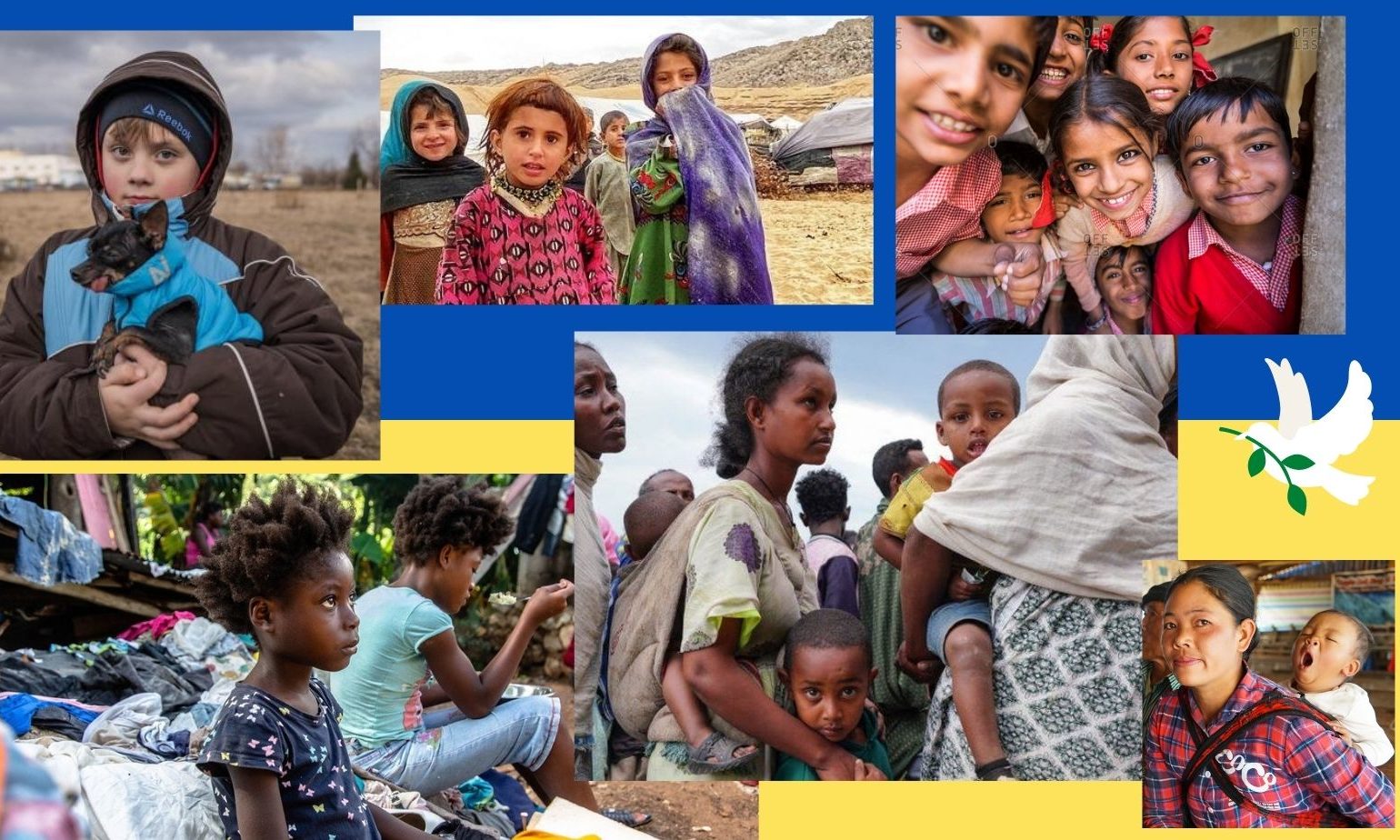
Krys Holmes
I was at the movie the other night with my friend Sandy Schull. We talked about Russia’s attack on Ukraine and the enormous eruption of support for Ukraine across the US, Europe, and beyond. “You know,” Sandy said, “one reason there’s so much support is that they look like us.”
It’s true. We look into those children’s faces and see our own. We watch erosions of our own democracy and wonder what’s next. Those of us who remember the Cold War fear going back to that—or something worse. We’re also sick of nationalist bullies. We stand with Ukraine for all the right reasons.
But here’s the genius in what Sandy said: The story of this war isn’t Russia’s attack. Big countries have been attacking smaller ones since the Sumerians trounced the Emolites in 2700 BCE. The story in Ukraine is the people’s stout resistance, and the nearly-worldwide outpouring of support. They look like us. We see ourselves in them.
Cultural celebrations bring people together across national, racial, and traditional lines to sing and dance, to express our common sorrows and griefs and love in ways that transcend division. All people everywhere love their children, value peace, grieve their dead. Music and dance return us to our first languages, to that primordial space where all our stories are each other’s stories. We see ourselves in each other. Through art we can look at anyone, no matter how foreign or different or strange or frightening, and begin to see: They look like us.
The Irish were once disdained and discriminated against in many neighborhoods. Yet when Dervish performs here next week we will all get our Irish on. They look like us. Haiti, just off US shores, is one of the poorest countries in the world and has suffered multiple disasters, natural and human-created. When Vox Sambou come to lift our spirits and teach our students on April 7, we will learn enough about them to say, They look like us.
On April 15, takio artists Unit Souzou return to Helena to perform a piece partly created here in our community, telling our neighbors’ stories of otherness and belonging, alienation and home. This piece explores what it means to be “othered,” to live among people who do not see us beyond whatever differences separate us.
This is the subversive power of art. It leaps boundaries, it annihilates foreignness, it builds understanding through expressions of universal humanity. Art expands our inner containers. It increases our capacity to look at any other person, anywhere, in any culture or experience, and say, You look like a friend of mine.